
The purpose of the 2015 Annual Assessment was to assess the status of livelihoods and vulnerability in rural households and provide timely information for programming and decision-making.
The following is a list of all conten labeled as "Social Impacts & Resilience"

The purpose of the 2015 Annual Assessment was to assess the status of livelihoods and vulnerability in rural households and provide timely information for programming and decision-making.
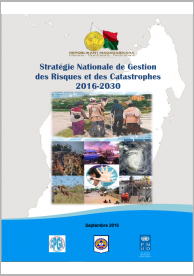
The National Strategy for Risk and Disaster Management (SNGRC in french) is a strategic instrument with national scope, applicable during the period 2016-2030, which has for vision a nation resilient to shocks, protected from all damage, in its social and cultural dimension, economic and environmental for sustainable development.
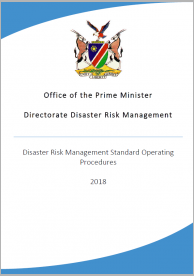
The document outline standard operating procedures, integrating the context specificity of Namibia, and provides a practical understanding of its application. The Standard Operating Procedures (SOP’s) has been developed to serve as a guiding tool for national authorities and partners in the immediate response phase where assistance is been provided based on scope of the emergency.
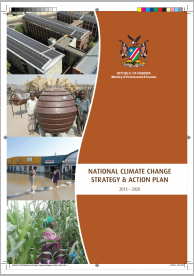
This National Strategy and Action Plan lays out the guiding principles responsive to climate change that are effective, efficient and practical. It further identifies priority action areas for adaptation and mitigation. Namibia is ready to learn from and adopt best practices from other parts of the world in dealing with issues of climate change.

This Policy presents an overview of climate change from Namibia perspective, vulnerability of Namibia to climate change per sector, predictions for Namibia.


Recovery efforts defined within the NDRF are guided by a central vision and goal. Following the 2015 floods, an initial vision and goal were determined; these have been updated in response to the 2015/16 drought.
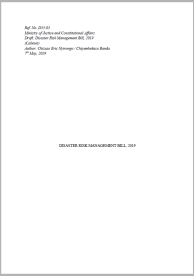
An Act to provide for the comprehensive management of existing and future disaster risks, for the institutional framework and funding arrangements for the management of disaster risk and other matters connected therewith and incidental thereto.
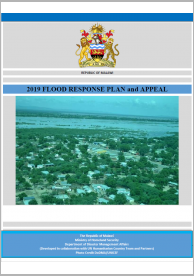
Government and humanitarian partners worked together to develop a response plan based on the analysis of the context, immediate humanitarian need and projected needs for the coming three months given. As a basis for specific sector response plans, overarching strategic priorities have been identified to support effective and timely humanitarian assistance to populations in need in Malawi.
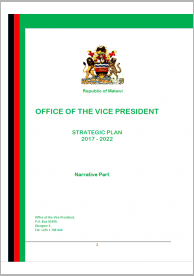
This Strategic Plan focuses on the key strategic outcomes that the Office of the Vice President (OVP) intends to deliver in the next 5 years from 2017. The OVP is constitutionally a delegated office and as such, departments under it may not be the same in the life span of the Strategic Plan. This aspect has been taken into account when developing the Strategic Plan.